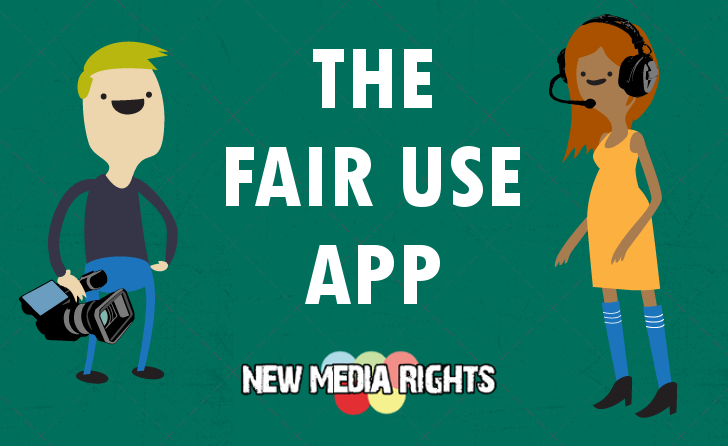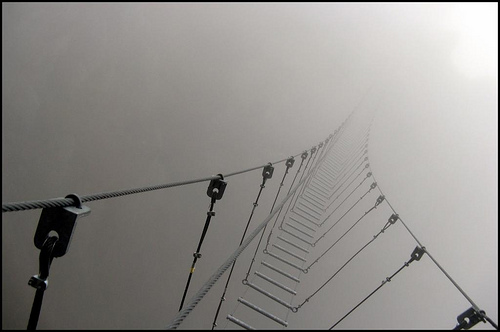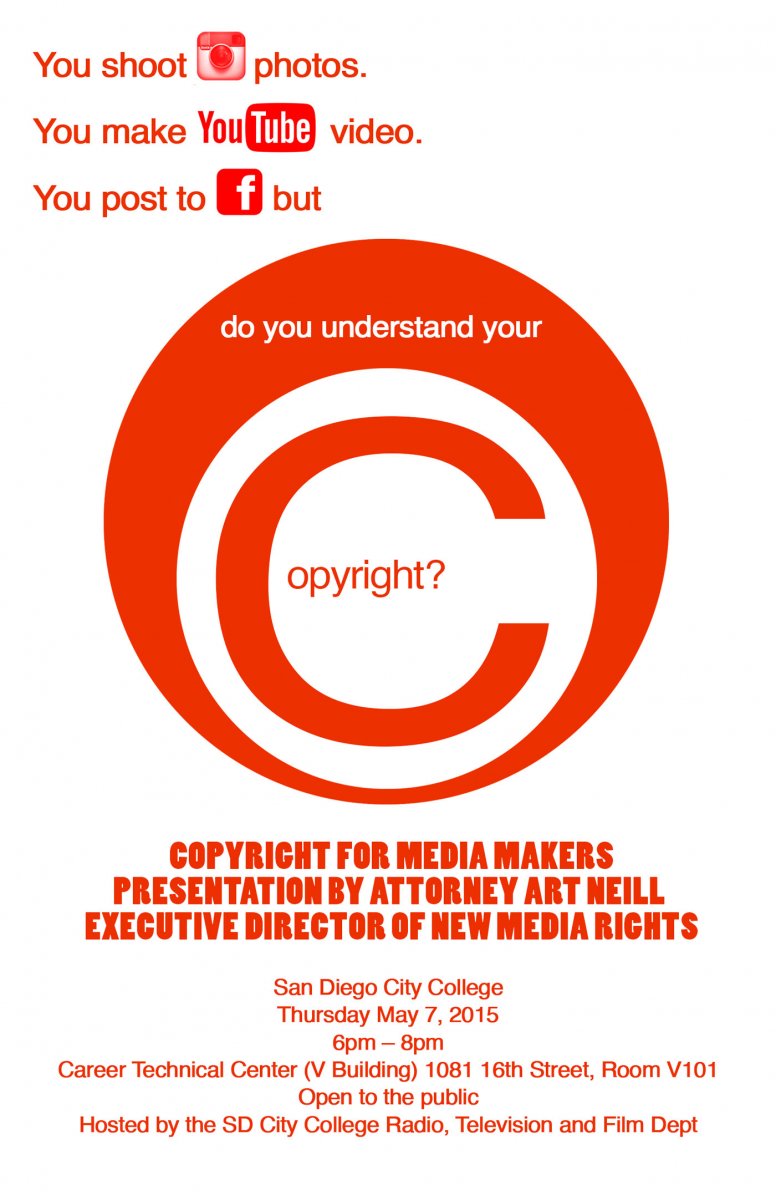Do rights exist in a CAD or STL file made using a computer program?
Copyright: Maybe. Copyright protects a work if it is an original creation that is fixed in some tangible form. Computer files are considered tangible under copyright law, so that’s one requirement checked off. But what counts as an original creation?
- Creating a file of a nail, and only the nail would may not create a copyrightable work because nails are useful, unoriginal, and not copyrightable.
- Designing an object in a CAD file that is entirely original (remember, it doesn’t necessarily have to be unique just original to you) would likely create a copyrightable work.
- Designing a file that contains an original object design, plus some separate unoriginal design, then only the parts of the file with the original design would be subject to copyright. However unlike a scanned file, a CAD file would likely be a derivative work, that is something based on a creative work that puts that creative work into a new format (for example a movie based on video game). The rest of the file would not be subject to copyright. For example, if someone designed a CAD file containing an artistic bust of themselves, plus a run-of-the-mill box for it to sit upon. They own the file to the extent it relates to the bust, but they do not own the part of the file that relates to the box design.
Patent: Simply creating a file of a patented object would not be an infringement of the underlying patent. However, sharing that file or using it print out the patented object would. Keep in mind; this does not exclude the creator from having a copyright in the file.
Trademark: The only way a creator of a 3D-printable file will have rights in the file under trademark law is if the creator already has a trademark that happens to be included in the file. This does not exclude the creator from having a patent or copyright in the file.
For more information on the legalities of using trademarks in 3D printed works legally you can check out our “3D Printing trademark basics."
If you are including a trademark you don’t own and don’t have permission to use, and are going to share it with the public, you probably want to check with an attorney about whether or not your use of the trademark is permitted. This is the type of issue New Media Rights may be able to assist with, so please use our contact form if you’d like to request assistance.
So if a CAD or STL file is protected by copyright law… what exactly does that mean?
Copyright law protects the creator’s right to copy, modify, distribute, publicly display, publicly perform, and create derivatives of the original work. Copyright infringement occurs when a person copies, modifies, distributes, publicly displays, publicly performs, or create derivatives of the original work without permission. Below we explain what each of these rights is and what infringement of those rights might look like in the 3D printing space. That said, there are some ways to legally reuse another’s copyrighted work , including using works in fair use, which you can read more about on our 3D printing copyright basics page.
Also as a general note, these descriptions only address files that are copyrightable. Files of useful objects, as explained above, are for the most part not subject to copyright so they will not be discussed in this section.
Copying: Making a copy of a 3D-printable file you don’t have the copyright to violates the creator’s copyright. However, copying useful elements of those same files would not violate copyright law.
Let’s use the standard bed frame with an artistic headboard example again. A person could copy the entire CAD file if given permission to do so by the copyright owner (i.e. the person who created the headboard). This would not violate copyright law. Please note that because of the way computers work, “cutting and pasting” is actually considered making a copy.
Distributing: Distribution of a copyrighted file occurs when it transmitting it to a third party (i.e. emailing a file to someone or sharing it via a thumb drive.) This type of digital distribution by its very nature also results in making a copy of the file.’ Thus sharing a copyright protected CAD file via a thumb drive with a friend, without permission from the files owner would be considered copyright infringement.
Modifying / Creating Derivatives: Making a modification to an original copyrighted file creates a derivative work. Thus modifying a copyrighted CAD file without permission would be considered copyright infringement in many cases.
However, not all modifications result in a derivative work. Copying and modifying the uncopyrightable useful elements from the original file would not create a derivative work. Let’s use the file of a standard bed frame with an artistic headboard again. You could copy the standard bed frame into your own file, but alter the dimensions to lengthen the bed frame to fit a taller person. This new file does rely on the original file, but it is not a derivative because the bed frame design is not copyrightable on its own.
Publicly Displaying: In theory, a CAD file could be publicly displayed. There is no set number of people that need to be exposed to the file for it to count as “public”; though it certainly needs to be displayed to more than one person and beyond a group of friends and family. For example, let’s say there was an art exhibit that consisted of nothing more than several big screens showing CAD files of creative designs with no additional commentary. This would be a public display of a CAD file. Without getting permission from the copyright holder of the files creator, this art exhibit would be considered copyright infringement.
If someone prints a 3D-printable file (assuming they didn’t create the CAD file), do they own any the rights in the printed object?
It depends. Simply printing a 3D-printable file adds nothing to the file or object, thus 3D printing an object won’t create any new rights under copyright, patent or trademark law.
That said there are some limitations on what a person can do with the object. A few helpful tips to remember:
- If the file wasn’t purchased outright and only a license to use the file was purchased (much like a song on iTunes) the terms of the contract will govern.
- If the file was under a creative commons or other open license. Then the terms of the creative commons license or other open license will govern. The key thing to watch out for here is if the file was licensed under a creative commons non-commercial license. If this is the case, selling items printed using the file is not allowed.
- If the item being printed is a functional object, like a spoon, without any creative elements the person printing the object would own the object. With the caveat that if the file infringed another person’s patent, you might own your copy but that copy would violate the patent owner’s patent.
If you have any other questions regarding 3D printing and the law please don’t hesitate to contact New Media Rights via our contact form.









